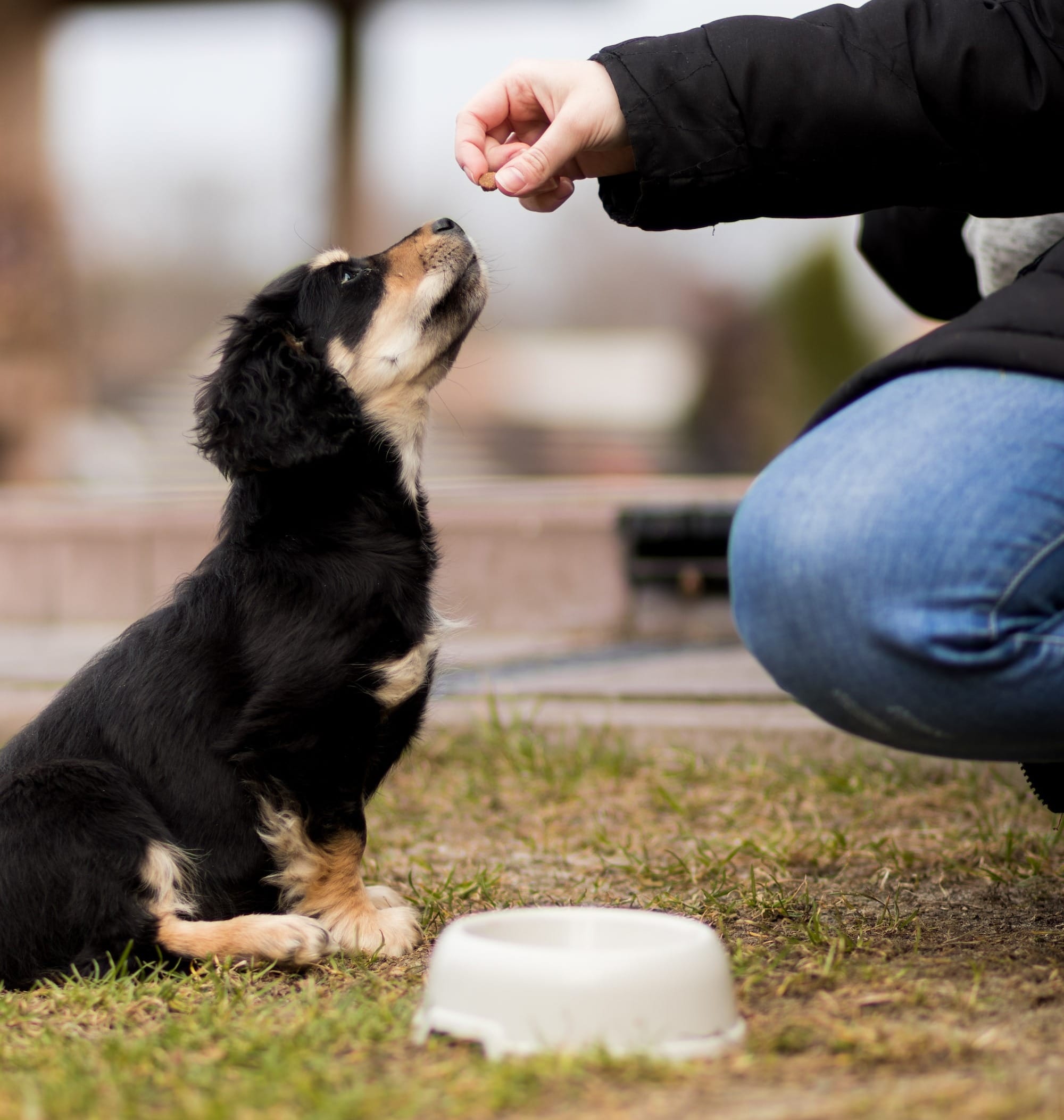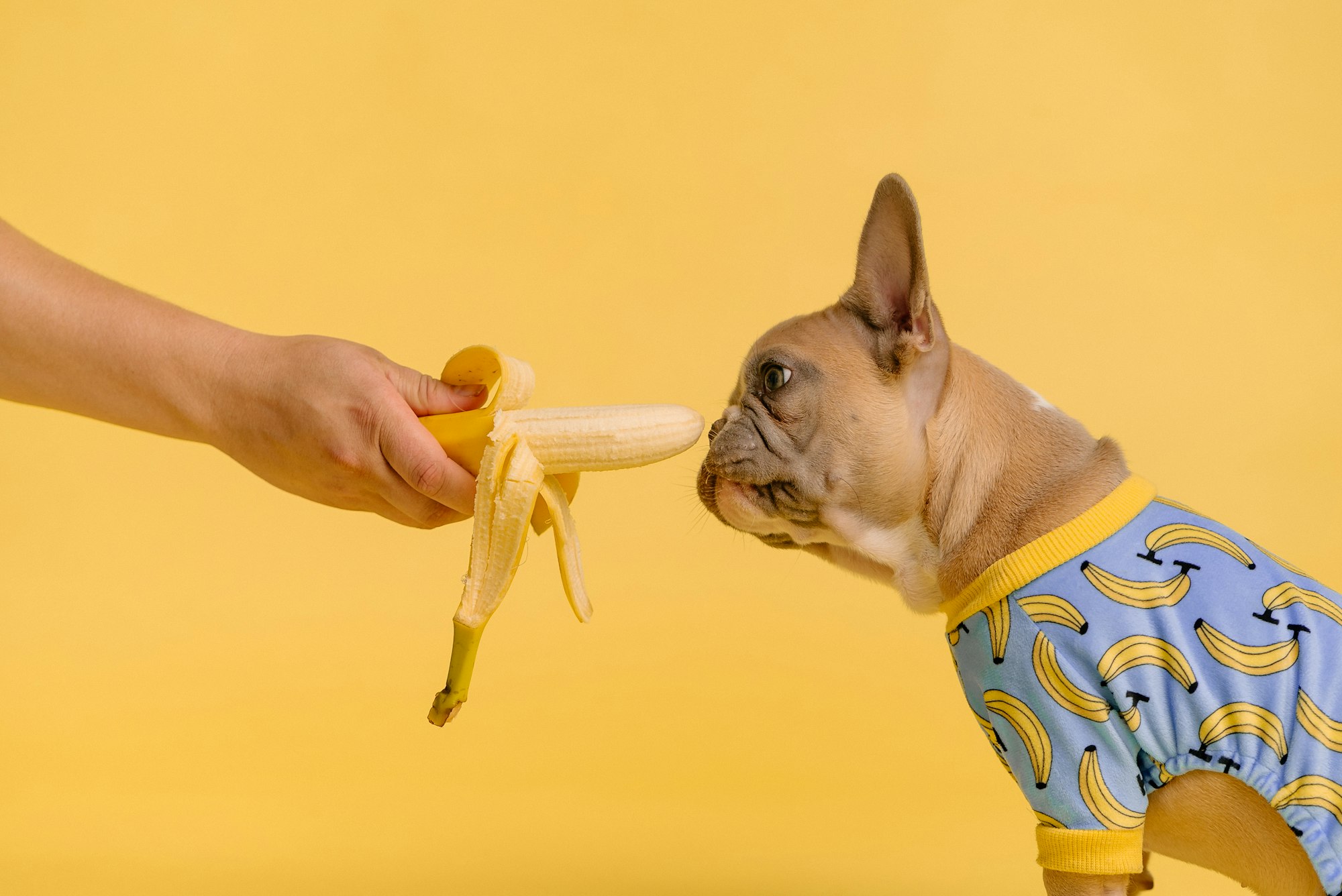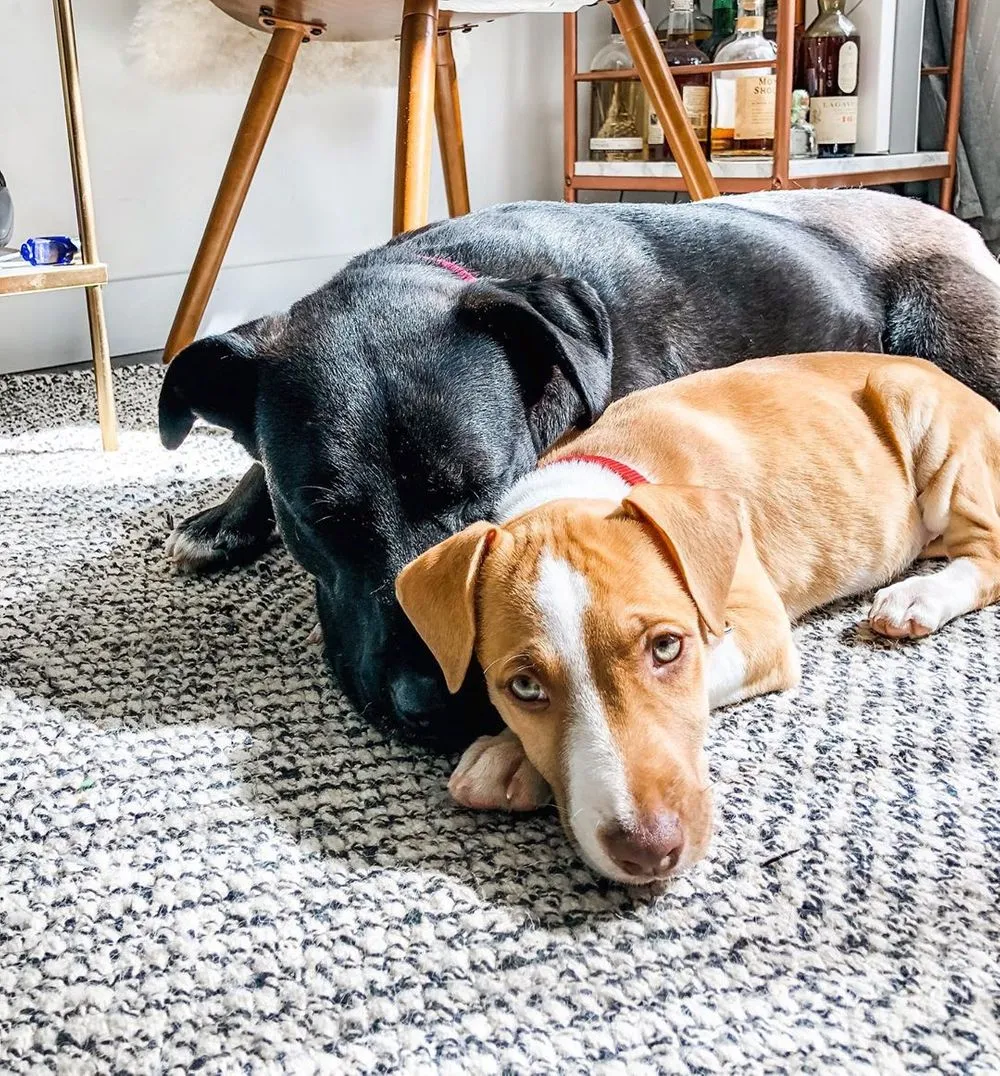The passage explores a common scenario where a dog owner's anticipation of their pet's mealtime joy turns to confusion as the dog sniffs but then disregards the food. It prompts curiosity about the reasons behind such behavior, suggesting that the explanations might be unexpected and enlightening. For more detailed insights, it's beneficial to refer to comprehensive resources or articles that delve into canine behavior and nutrition.

Understanding Your Dog's Eating Habits:
Just like humans, dogs have their own set of food preferences and might occasionally turn down their meals. This selective eating could be a sign of simple taste aversion or indicate more serious health concerns. It's crucial to observe if your furry friend is being just picky or if there are underlying issues like dental problems or allergies affecting their desire to eat. Additionally, environmental changes such as relocating or introducing new pets might disrupt their usual eating patterns. Recognizing these signs early and consulting with a vet can help maintain your dog's health and well-being.
Solving the Feeding Dilemma: Effective Strategies and Tips
You've pinpointed the issue, now how do you entice your dog to return to their meal? Here's what you can try:
Explore Various Tastes or Brands
A simple solution could be to vary the flavors or brands of dog food. A new taste might just reignite their interest. Remember to introduce new food gradually to prevent digestive upset.
Incorporate Supplements or Treats
Think about enhancing their meals with dog probiotics. These can improve digestion and gut health, possibly making their meals more enticing. For a clever twist, use pill pockets designed for dogs to disguise medicine intake as a treat. Adding treats to their meals occasionally can also bring a dash of excitement and taste.
Consider Medication
For dogs dealing with stress or anxiety from loud noises like thunder or fireworks, consider melatonin. It's known for managing sleep but can also alleviate anxiety, potentially improving their appetite.
Perform Physical Examinations
At times, the issue might be physical. For example, an ingrown dewclaw could cause discomfort, affecting their eating behavior. A thorough check or a vet visit can help identify and address such physical ailments.
Behavioral and Psychological Factors
Beyond the straightforward reasons we've discussed, a dog's relationship with food can be influenced by their past experiences and current mental state.
Past Traumas Can Influence Eating Habits
If you've adopted a rescue dog or one with an unclear past, they might have had experiences that make mealtime a stressful occasion. Dogs that have been starved or had to compete for food in the past might initially gorge on food, but they can also become apprehensive, associating the act of eating with negative memories.
The Role of Pack Dynamics
If you have multiple dogs or pets, your dog might be waiting its turn or might feel threatened during mealtime. Dominant pets might push away more submissive ones, causing them to hesitate or refuse to eat. It's crucial to observe the dynamics during mealtime to ensure every pet feels safe and comfortable.
They Might Just Want Your Attention
Our dogs have a way of wrapping us around their little paws, don't they? Sometimes, your dog might be perfectly okay with the food but wants you to coax or hand-feed them. It's a tactic they've learned to get extra attention and love. While it's heartwarming, be cautious of reinforcing this behavior if you want them to eat independently.
Practical Steps Forward
Armed with the potential reasons, what's next? Here are actionable steps to get your pup excited about mealtime again:

Establish a Routine
Dogs thrive on routine. Setting regular feeding times can help them anticipate and look forward to their meals. If they know that food is served at a specific time daily, they might be more eager to eat when it's served.
Limit Treats Between Meals
As tempting as it is to shower them with treats, it's a good idea to limit them, especially close to mealtime. If your dog fills up on treats, they're less likely to be interested in their main meal.
Engage in Interactive Feeding
To make mealtime fun, consider using puzzle feeders or toys that dispense food. It turns eating into a game and can stimulate their interest in food.
Consult with Experts
If you've tried multiple approaches and your dog still refuses to eat, it might be time to consult a veterinarian or a canine nutritionist. They can provide guidance tailored to your dog's specific needs. For instance, they might recommend therapeutic options, like dogs stem cell therapy, for underlying health issues or suggest supplements that can be beneficial.
The Importance of Patience and Observation
Even as you address the tangible problems, it's crucial to remember that understanding a dog's behavior is a blend of patience, observation, and intuition.
Changes in Lifestyle
A change in the dog's routine or lifestyle can sometimes cause hesitancy during meal times. Have there been any recent shifts? Perhaps a family member has moved out, or there's a new baby in the house. Such changes can affect a dog's sense of security, which may indirectly affect their appetite.
Natural Fluctuations in Appetite
As dogs age or based on their activity levels, their appetite can fluctuate. For instance, during hotter months, some dogs might eat less, while a highly active day might make them hungrier. Recognizing these patterns can ease concerns over occasional skipped meals.
Dietary Needs and Exploration
It's worth noting that dogs, much like humans, might have evolving dietary needs. Maybe your old dog food doesn't have the nutrients required for your aging pup. Exploring options like senior dog food or recipes geared towards specific life stages can be a good move.
Use of Natural Remedies
If anxiety or minor discomforts are turning your dog away from their food, consider natural remedies. We mentioned melatonin for dogs earlier, but there's also a world of herbs and supplements that can help soothe and comfort your canine companion. Always discuss with your vet before introducing any new substance into your dog's routine.
Quality Time and Assurance
Remember, dogs are emotional beings. Sometimes, all they need is a little reassurance. Spending quality time, whether it's through play, walks, or simple cuddle sessions, can make a world of difference. A happy, assured dog is more likely to have a consistent appetite.
The Takeaway
The bond between dogs and their owners is profound. When our four-legged friends exhibit changes in behavior, especially around food, it's only natural for us to be concerned. However, equipped with knowledge, patience, and a hefty dose of love, we can navigate these challenges effectively.
Your dog's health and happiness are paramount. And while turning away from food can be a cause for concern, remember that with the right approach, care, and advice from professionals, you'll find the solution that best fits your furry friend's needs.
The Role of Tech in Understanding Your Dog: Introducing Fi Dog Collars
In the era of smart technology, the way we connect with and understand our pets has also evolved. Enter Fi dog collars – the next generation of dog collars that offer more than just a way to keep your pet tagged.
Monitor Your Dog's Activity Levels
Earlier, we mentioned that fluctuations in a dog's appetite could be related to their activity levels. Fi dog collars come equipped with activity trackers. Much like a Fitbit for humans, these collars track your dog's daily movements. If you notice your dog isn't eating much, a quick glance at their Fi collar data might reveal they haven't been as active as usual. This can be a helpful indicator in determining if a reduced appetite is due to decreased activity or a more concerning underlying reason.
Safety First with Location Tracking
Remember when we talked about changes in a dog's environment affecting their appetite? Sometimes, dogs can escape or wander off, which can lead to increased anxiety and a disrupted eating schedule. Fi collars offer real-time location tracking, ensuring that even if your dog decides to go on an unscheduled adventure, you can locate them swiftly and bring them back to the safety of your home.
Monitor Changes in Routine
Routines matter for dogs. A consistent feeding, playtime, and walking schedule often mean a happy, well-fed dog. Using the Fi dog collar, you can monitor any significant changes in your dog's routine. If they're suddenly more active at night or aren't moving as much during the day, this data can give you insights into any behavioral shifts that might be affecting their eating habits.
Dietary Needs and Activity Correlation
As dogs age or undergo lifestyle changes, their dietary needs might shift. For instance, a highly active dog might need more nutrients. With the Fi collar's activity tracking feature, you can make more informed decisions about adjusting their diet based on their energy expenditure.

Staying Connected, Even When Apart
With Fi dog collars, even if you're away from home or have left your pet with a sitter, you can monitor their movements and activity. This constant connection ensures that you're always in tune with their needs and can take swift action if you notice any anomalies.
Conclusion:
In deciphering why dogs may turn away from food, various factors come into play, from individual preferences and health concerns to environmental changes and past traumas. By maintaining routine, exploring dietary adjustments, and leveraging tech innovations like Fi dog collars, owners can gain richer insights into their pets' behaviors.
These collars, acting as activity and safety monitors, provide data-driven perspectives complementing our instinctual understanding. Merging intuition with technology, such as activity tracking and location features, ensures a comprehensive approach to canine care, ensuring our furry companions remain happy, healthy, and well-fed.






